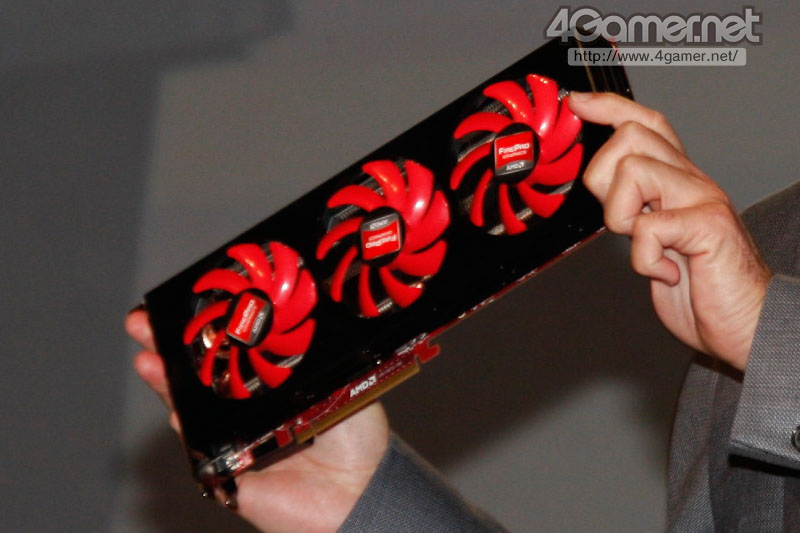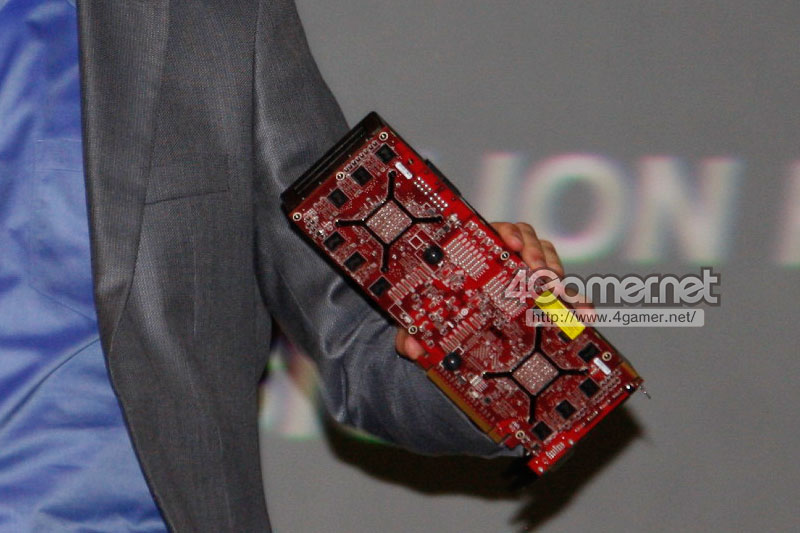nah, easier way to change perception is to release higher clocked tahiti part that shows longer bars compared to competition in reviews. which they are doing.
Or have we already forgotten "people dont care about die size".
I dont think people care if it's 294mm or 365mm (not huge difference anyway, much less than fermi/caymen) they care about speed and cost.
By the same token you have AMD pitcairn 210mm schooling what, 500mm fermi parts 580/570/560ti 448 at that price range? where is public perception there?
Anyways the only people I see bringing up the "Nvidia schooling AMD with it's mid range part" on forums are pretty rabid partisan fanboys, so I doubt those guys are ripe fruit to be swayed to the other side regardless.
Well said...


